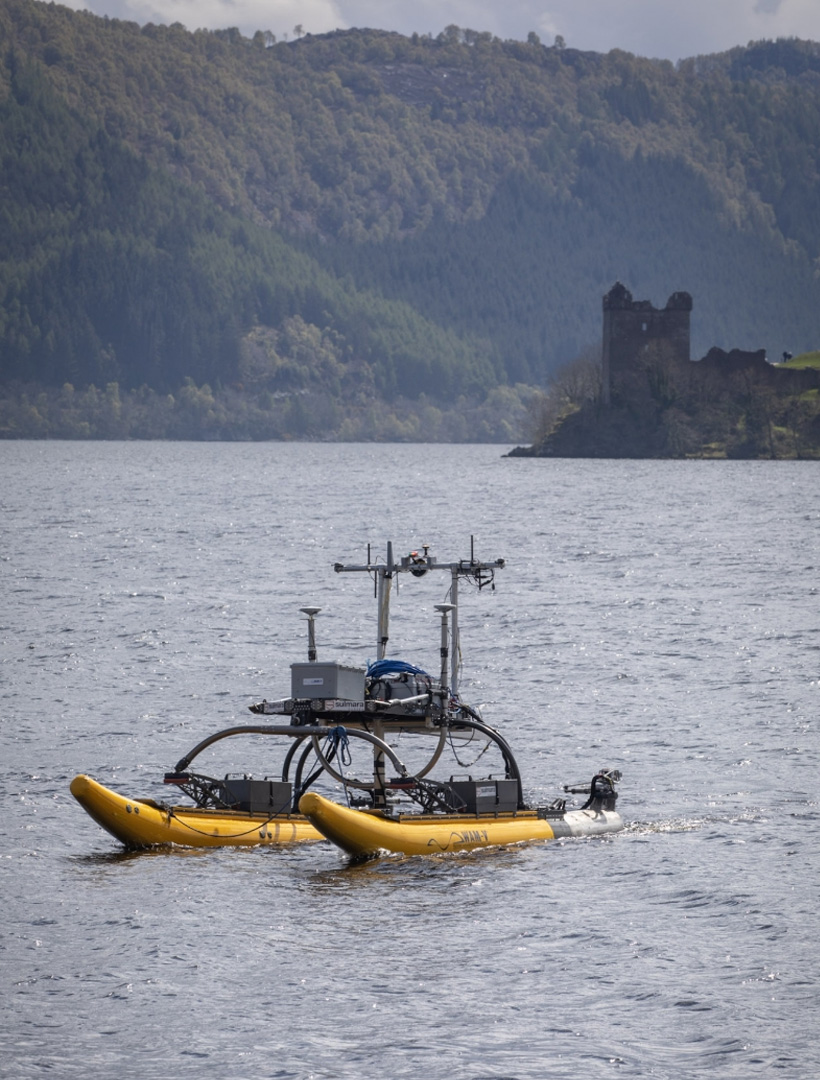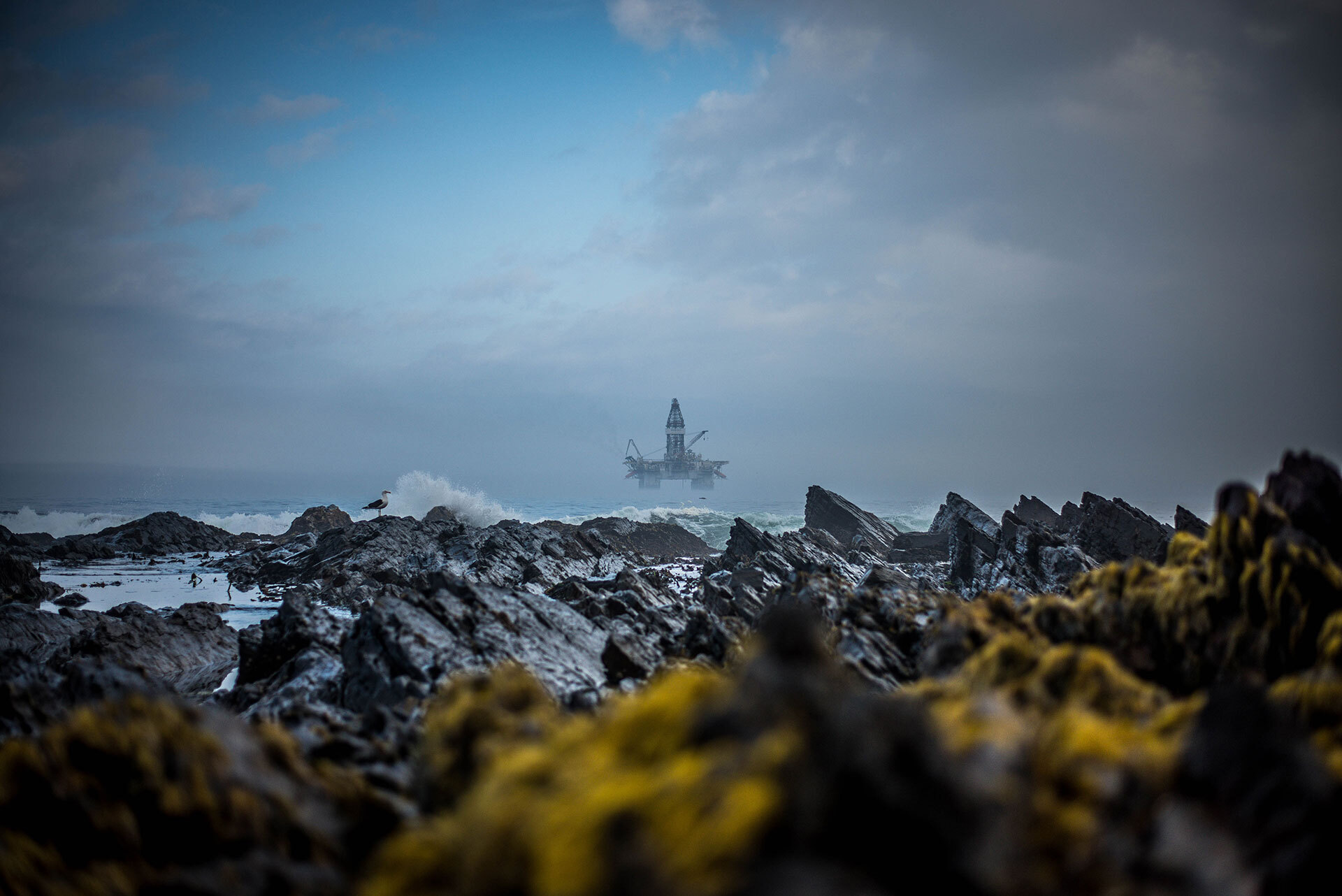Connect with us
* Required fields
* Required fields
We work closely with our technology partners and our clients to continually improve the environmentally-sound solutions we provide.


Shallow water survey is inherently challenging, and a previously recognised limitation of uncrewed and remote technology was that towing multiple sensors was not possible. Our client was undertaking a significant port regeneration project, the commissioned survey simultaneously aimed to identify potential UXOs targets whilst collecting detailed bathymetry of this dynamic environment in shallow water.
Sulmara chose a USV that is specifically designed for deployment in the near shore environment and configured it to tow the required sensory equipment and in doing so Sulmara has taken USV capabilities another step forward.
The WAMV-16 was equipped with proven magnetometer UXO sensors in a towed configuration and was navigated through a challenging environment. The USV allowed the field ops team a better vantage to assess hazards with a more manoeuvrable vehicle than if a traditional vessel was used. Additionally the battery powered platform is acoustically & electronically quiet and provided a very high quality data product. As a low carbon solution generating zero CO2 emissions, we believe this to be an important step towards supporting our clients achieve their Net Zero promises.

Sulmara was founded to navigate this path, to invest in and trial the technologies and methodologies we believe can make a difference and to do so before we bring them to you.
We are experienced enough to know we will trip at some of the hurdles, but resilient enough to pick ourselves up, again and again until we succeed.
Trust in our experience, lets change the future together.
